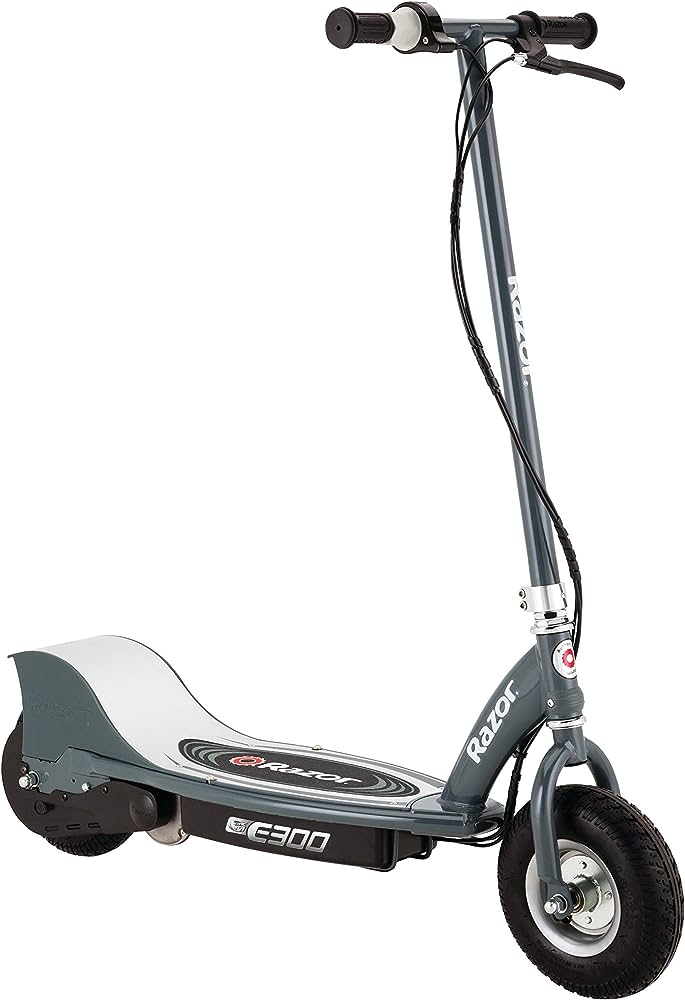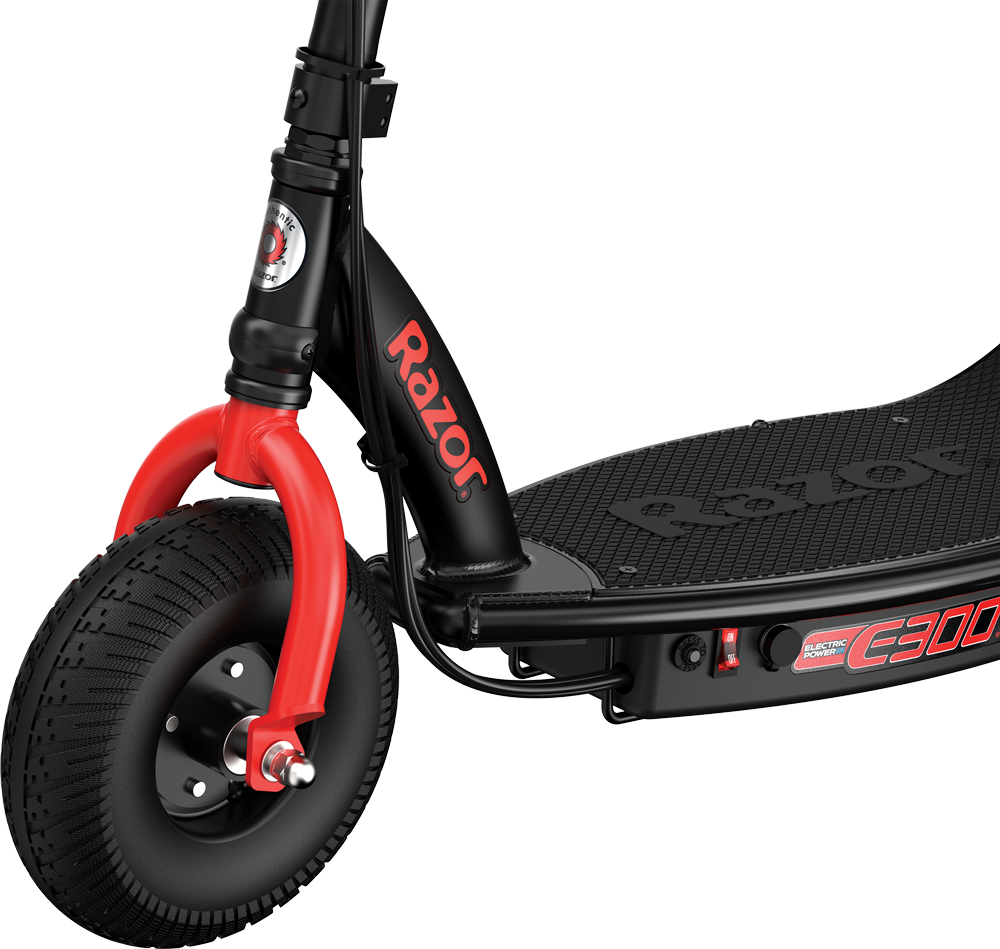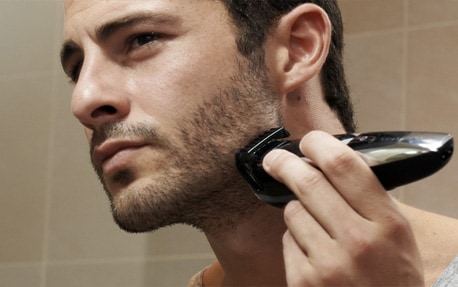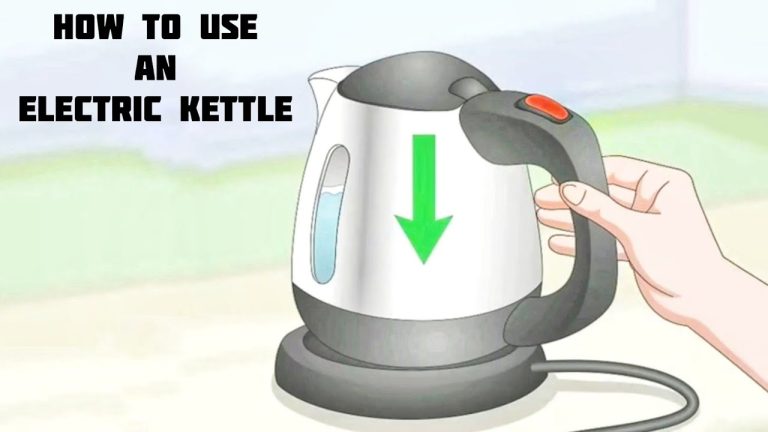How to Fix Razor Electric Scooter E300: Quick Solutions!

To fix a Razor Electric Scooter E300, check the battery and wiring connections. Replace or recharge the battery if needed.
Razor Electric Scooter E300 issues often stem from battery and wiring problems. Ensuring your scooter’s battery is charged and connections are secure can solve many common issues. Regular maintenance is crucial for optimal performance and longevity. Cleaning the scooter, inspecting the tires, and checking the brakes are essential steps.
Following these simple tips can keep your Razor E300 running smoothly and safely. Always refer to the user manual for specific troubleshooting and repair instructions. Proper care and timely repairs can extend the life of your scooter, offering a reliable and enjoyable ride.

Credit: razor.com
Introduction To Razor E300 Troubleshooting
The Razor E300 is a popular electric scooter. It offers fun and fast rides. But sometimes it may face issues. Knowing common problems can help fix it quickly. This guide will help you troubleshoot.
Common Issues With Electric Scooters
Electric scooters can have battery problems. Sometimes, the scooter does not start. Loose wires can also cause issues. The charger may not work properly. Tires can go flat or lose air. Each problem has a simple fix.
Safety First: Pre-repair Considerations
Safety is very important. Always wear gloves and goggles. Make sure the scooter is turned off. Remove the key before starting. Keep tools nearby. Work in a well-lit area. This keeps you safe while fixing the scooter.
Battery Woes: Power Problems Solved
First, check the battery life using a voltmeter. Ensure the scooter is off. Connect the voltmeter to the battery terminals. A healthy battery should read between 36-40 volts. If the reading is below 36 volts, the battery might be weak. Charge the battery fully and test again. If it still shows a low reading, consider replacing it.
Replacing the battery is simple. First, turn off the scooter and remove the screws on the battery cover. Disconnect the old battery by unplugging the connectors. Take out the old battery and place the new one in. Connect the new battery’s connectors. Replace the battery cover and secure it with screws. Finally, charge the new battery fully before use.
Motor Matters: Getting Back In Motion
Check if the scooter turns on. Listen for any unusual sounds. Ensure the power switch is in the ON position. Verify if the battery is fully charged. Inspect the motor wires for any damage. Look for any loose connections. A burnt smell may indicate a motor issue.
Gather all necessary tools. Disconnect the battery before starting. Remove the deck plate carefully. Identify and locate the motor. Check motor connections. Tighten or replace loose wires. Clean any debris around the motor. Reassemble the scooter. Reconnect the battery. Test the scooter to ensure the motor works fine.
Chain And Belt Complications
Adjusting the chain tension is important. Too tight or too loose chains can cause problems. Start by locating the adjustment bolts. These bolts are near the rear wheel. Use a wrench to turn the bolts. Turn them clockwise to tighten the chain. Turn them counterclockwise to loosen it. Make sure the chain moves smoothly. Check the chain tension regularly. A well-adjusted chain ensures a smooth ride.
A worn belt can affect scooter performance. First, remove the belt cover. This cover is usually held by screws. Take out the old belt carefully. Place the new belt on the pulleys. Ensure it is aligned correctly. Tighten the belt by adjusting the tension bolts. Replace the belt cover securely. Test the scooter to ensure the belt works well. Regular checks can prevent future issues.
Electrical System: Fuses And Switches
Fixing a Razor Electric Scooter E300 often involves checking the fuses and switches. These components are crucial for ensuring the scooter operates smoothly and safely. Make sure to inspect and replace faulty fuses and switches to restore functionality.
Checking The Fuse
First, locate the fuse box on the scooter. It is usually near the battery. Open the fuse box carefully. Look for any burned or broken fuses. If a fuse looks damaged, it needs to be replaced. Use the same type and rating of fuse. This ensures the scooter works correctly. After replacing, close the fuse box. Test the scooter to see if it powers on.
Troubleshooting The Power Switch
Check if the power switch is working. Turn the switch on and off a few times. Listen for a clicking sound. If there is no sound, the switch may be faulty. Inspect the wires connected to the switch. Make sure they are not loose or damaged. Tighten any loose connections. Replace the switch if it is broken. Test the scooter again to see if it powers on.

Credit: www.youtube.com
Wheels And Tires: Smooth Rides Ahead
Always check the tire pressure before rides. Use a tire gauge to get an accurate reading. The recommended pressure is usually found on the tire itself. Under-inflated tires can cause accidents. Over-inflated tires can burst. Use a pump to inflate the tires to the correct pressure. Regularly maintain the tire pressure for smooth rides.
Check the wheels for any cracks or damage. Damaged wheels can be dangerous. Remove the wheel using a wrench. Replace it with a new one that matches your scooter model. Tighten the bolts securely. Test the new wheels to ensure they are fixed properly.
Braking System: Ensure Your Safety
Start by checking the brake lever’s position. It should be easy to reach. Use an Allen wrench to loosen the lever clamp bolt. Move the lever to the desired position. Tighten the bolt again. Test the lever by pulling it. The brake should engage smoothly. Make sure the lever feels comfortable.
Inspect the brake pads for wear. Worn pads need replacing. Remove the wheel to access the pads. Unscrew the pad holders and take out the old pads. Insert new pads and secure them. Spin the wheel to ensure proper alignment. Check the brake cable for fraying. Replace if damaged. Lubricate the brake components regularly. This helps maintain smooth operation.

Credit: m.youtube.com
Regular Maintenance For Longevity
Keep the scooter clean and free of dirt. Use a damp cloth to wipe down all parts. Avoid getting water into electrical components. Lubricate the chain with bike oil every few months. This helps the scooter run smoothly. Check for any loose screws and tighten them.
Inspect the tires for wear and tear. Replace them if they are damaged. Test the brakes to ensure they work well. Charge the battery fully before every use. Check the battery connections for corrosion. Clean them with a brush if needed. Ensure the handlebars are secure and not wobbly.
Professional Repair Vs. Diy
Some problems need a professional. Motor issues can be tricky. Battery problems might need expert help. If the scooter won’t start, call a pro. Strange noises can mean serious trouble. An expert knows how to fix it right.
DIY can save money. Online manuals are a great start. YouTube tutorials show step-by-step fixes. Forums offer tips from other riders. Replacement parts can be found online. Toolkits for scooters are helpful.
Conclusion: Ride With Confidence
Master the steps to fix your Razor Electric Scooter E300 with ease. Enhance your ride quality and ensure safety on every journey. Trust in your skills to maintain your scooter, and ride with confidence.
Recap Of Fixes
First, check the battery. Make sure it is charged. Then, inspect the tires. They should be inflated properly. Next, examine the brakes. They must be working well. Lastly, review the chain. It should be tight and well-lubricated.
Preventive Tips For Future
Always store your scooter in a dry place. This prevents rust. Charge the battery after every ride. This keeps it healthy. Regularly inspect tires and brakes. Tighten any loose parts. Lubricate the chain every month. Follow these tips for a smooth ride.
Conclusion
Maintaining your Razor Electric Scooter E300 ensures a smooth ride. Follow these steps to fix common issues. Regular checks keep your scooter in top shape. A little effort can extend its lifespan. Enjoy a reliable and fun ride with your well-maintained scooter.


